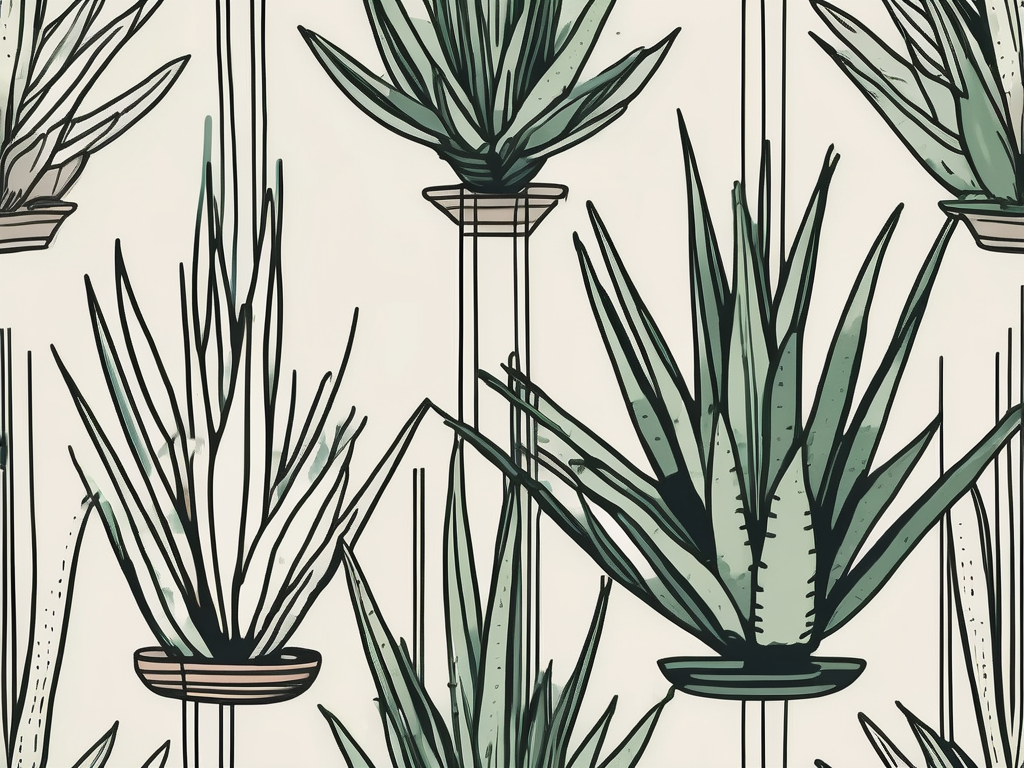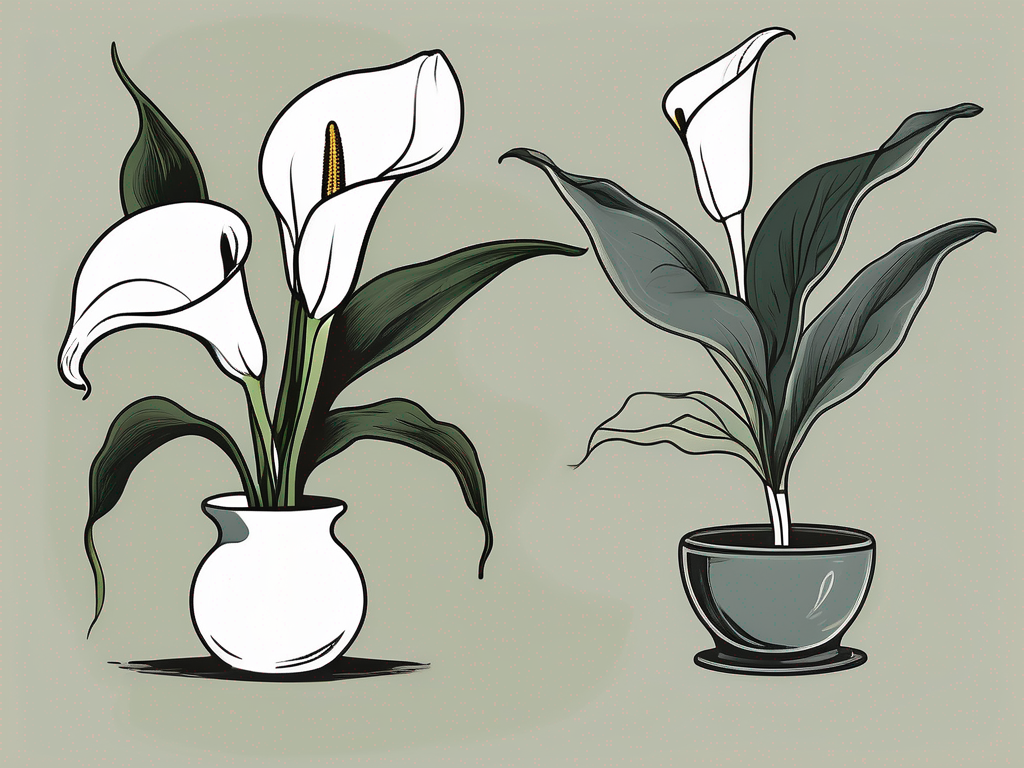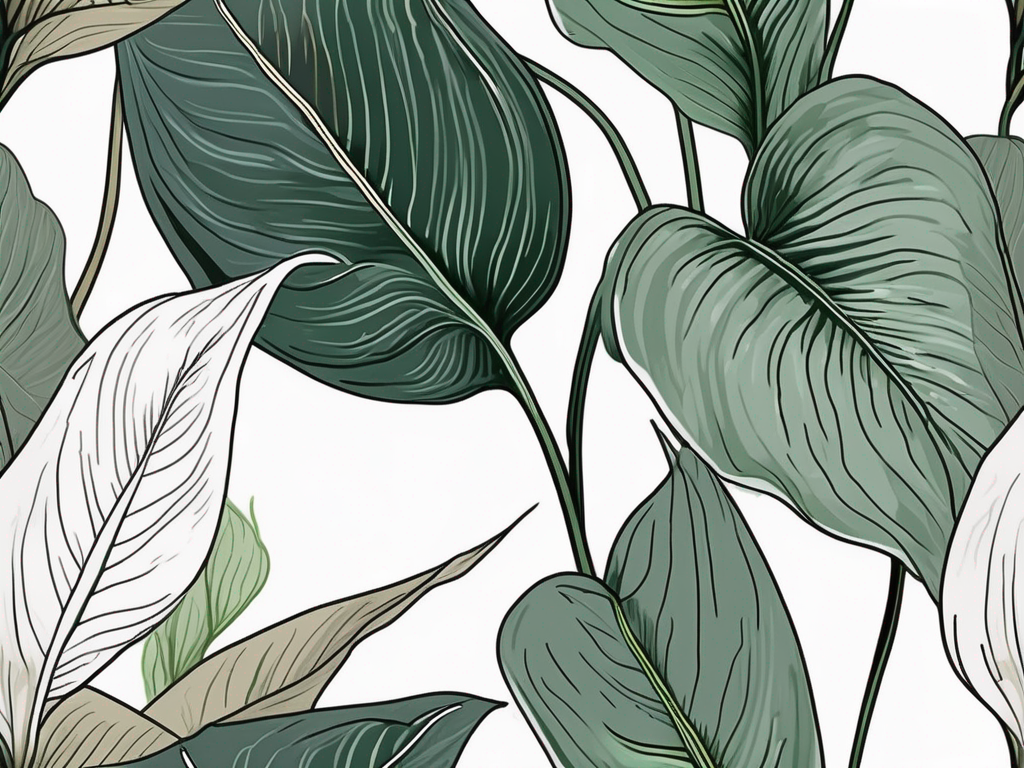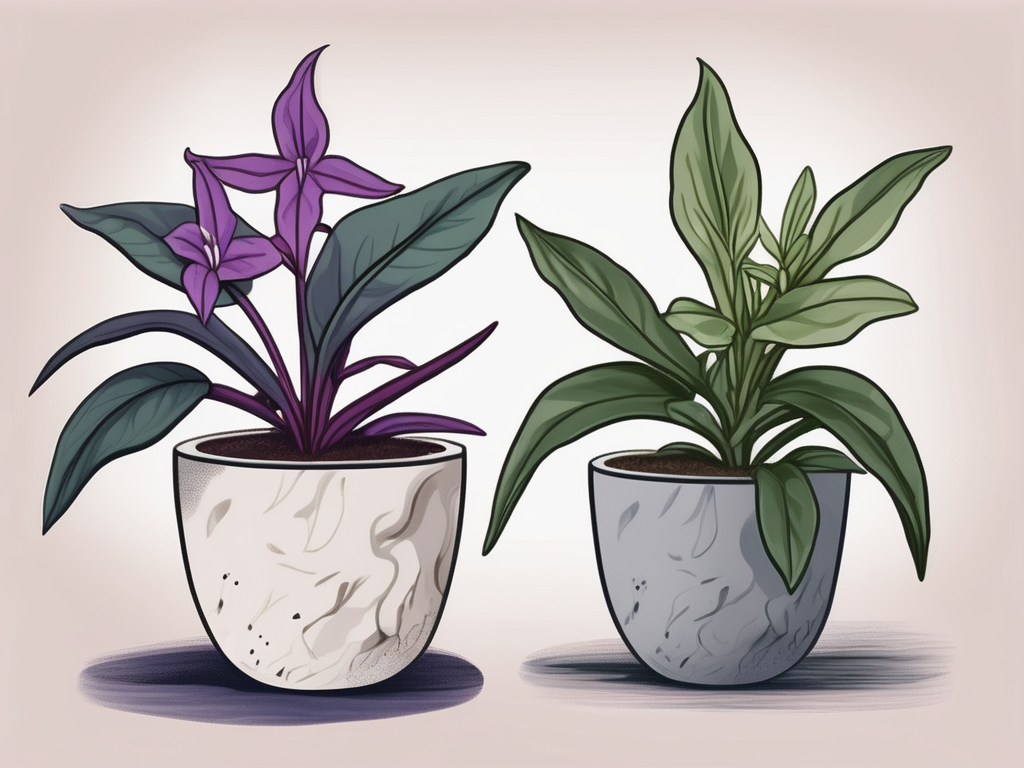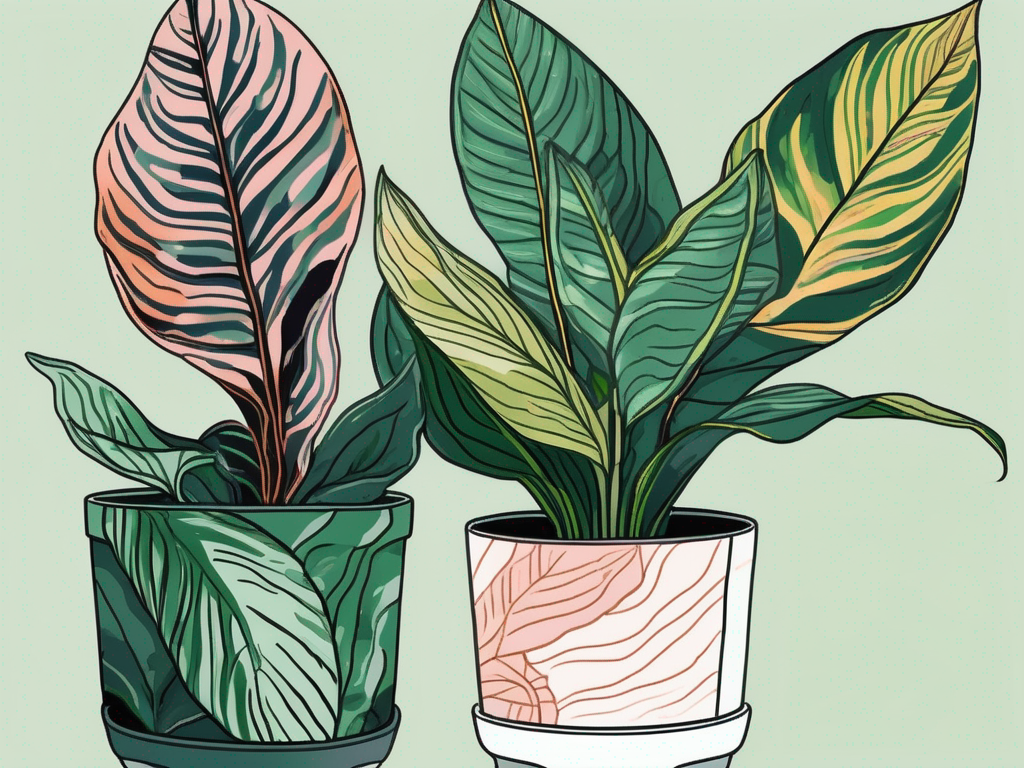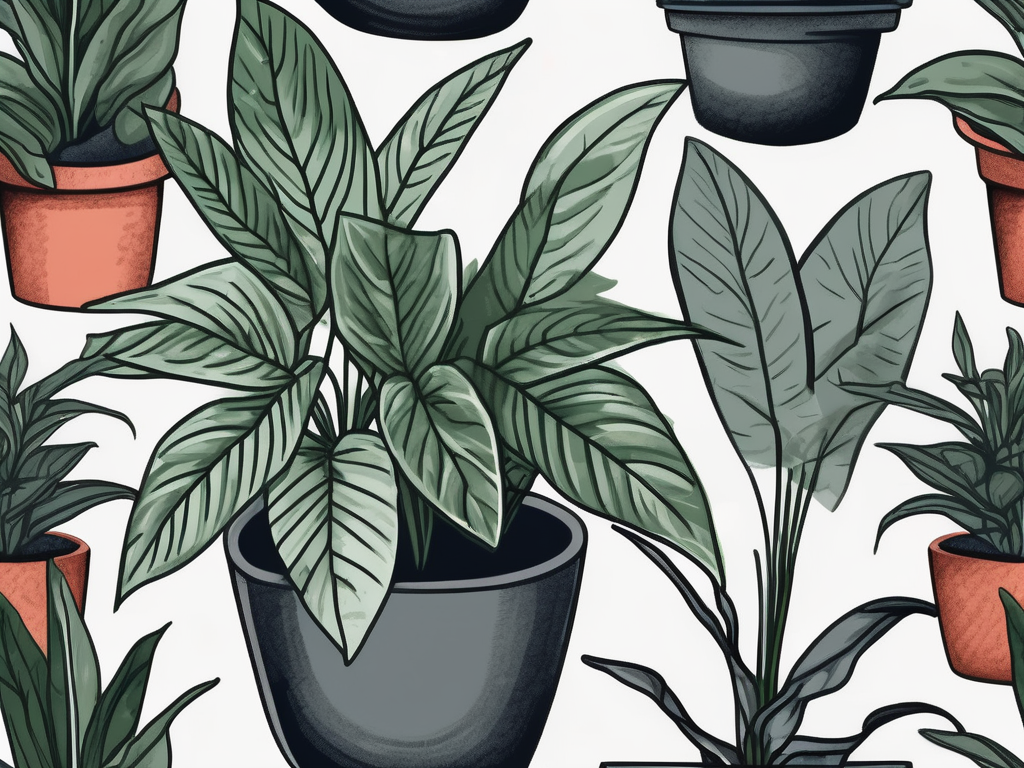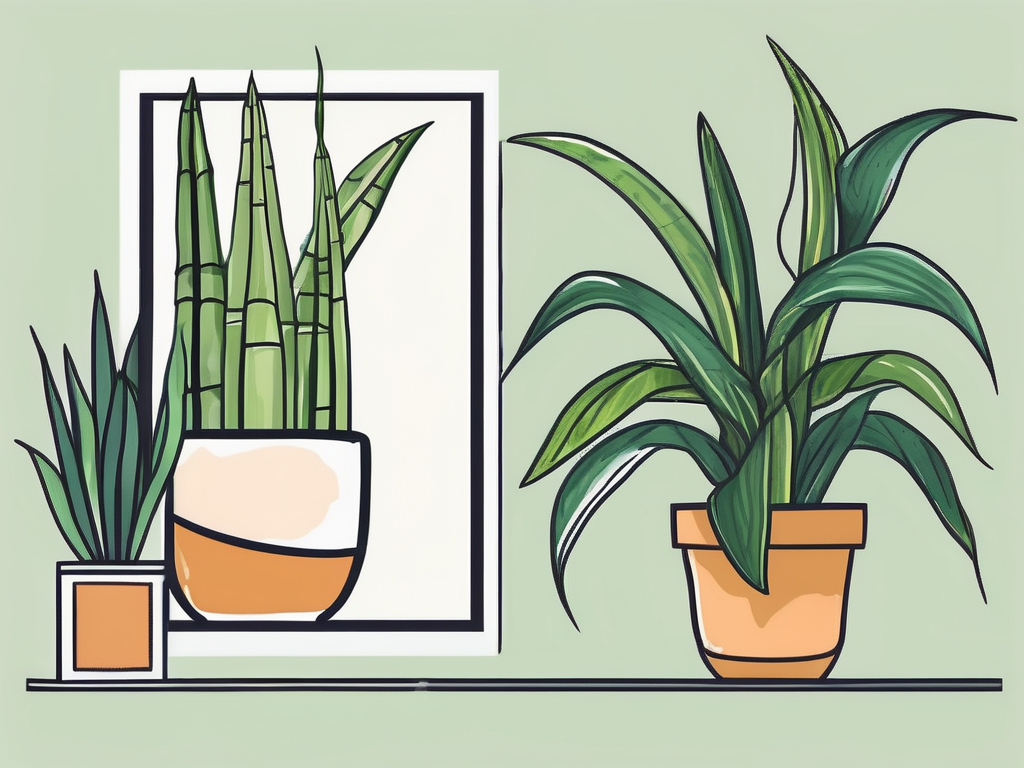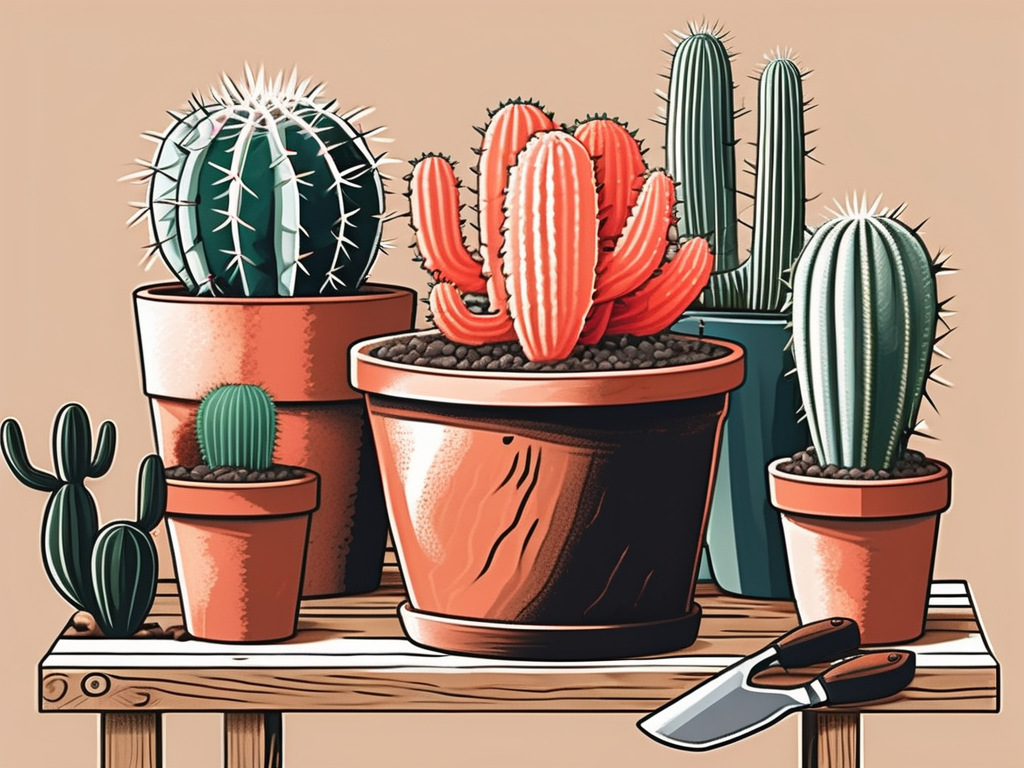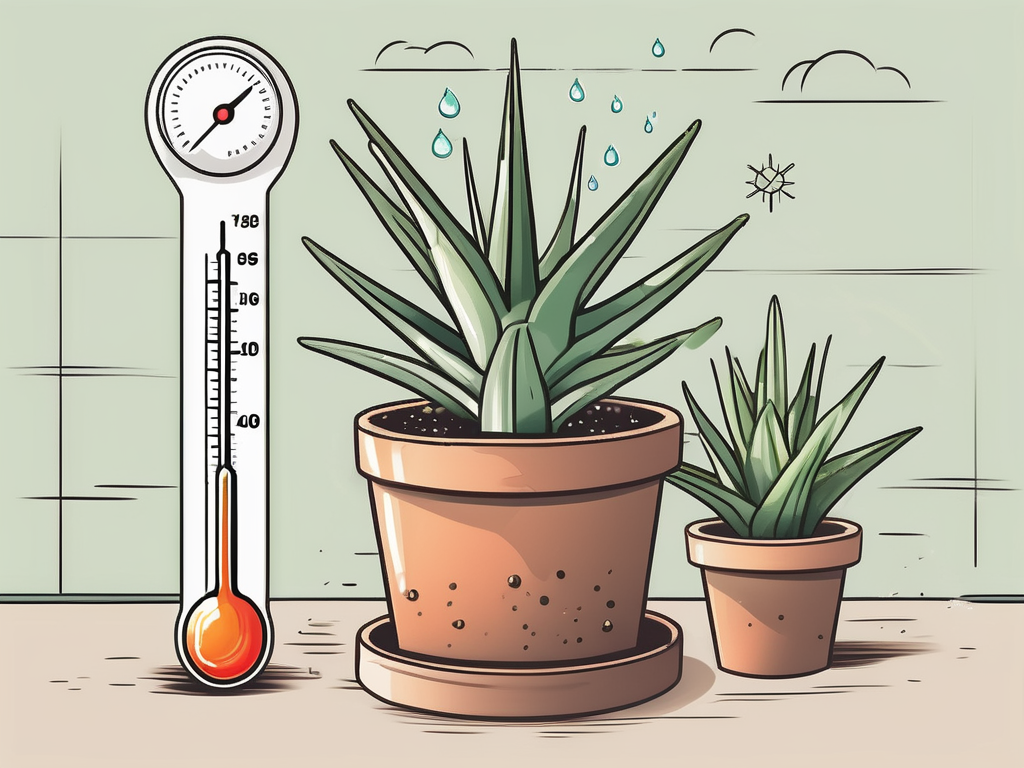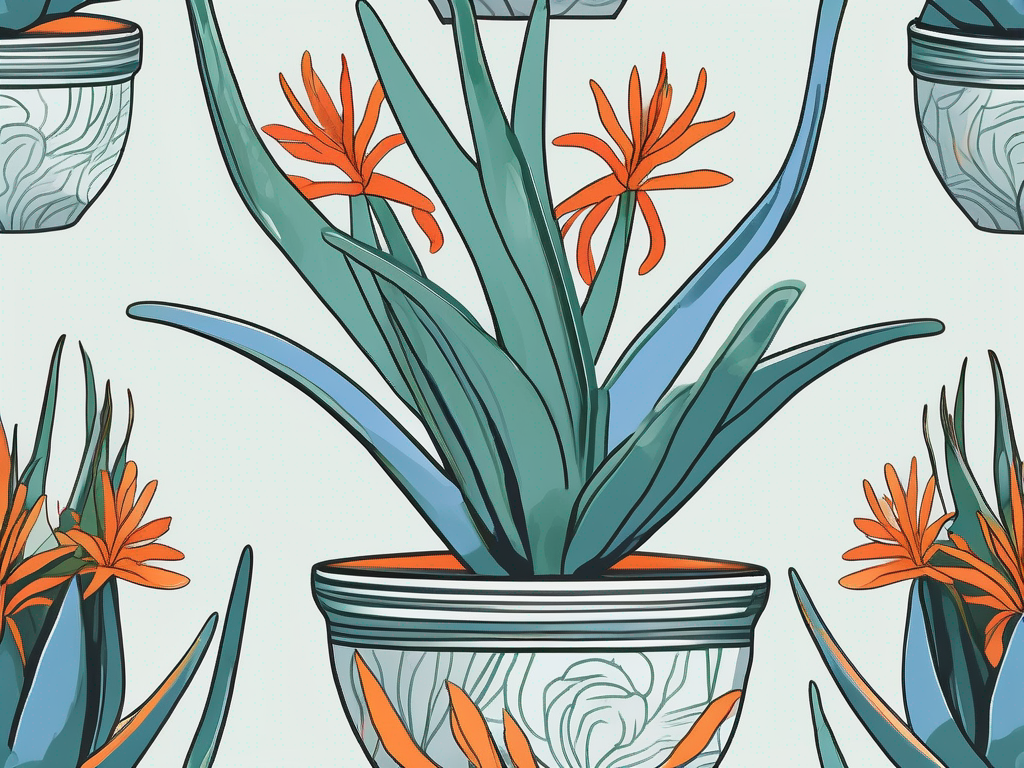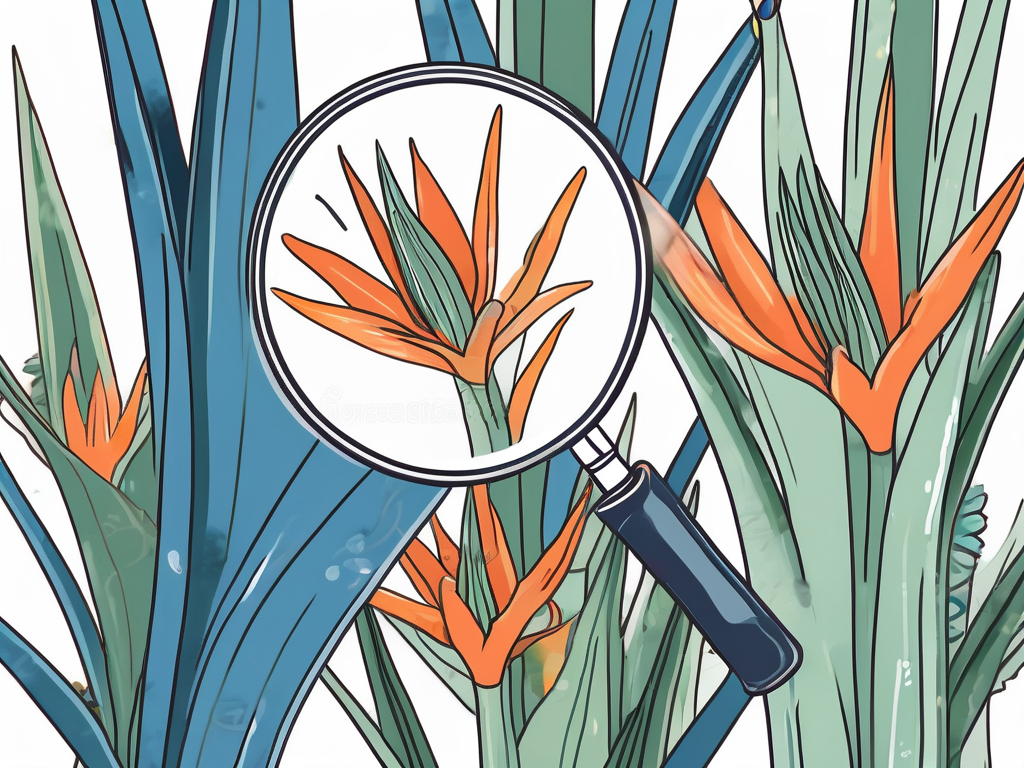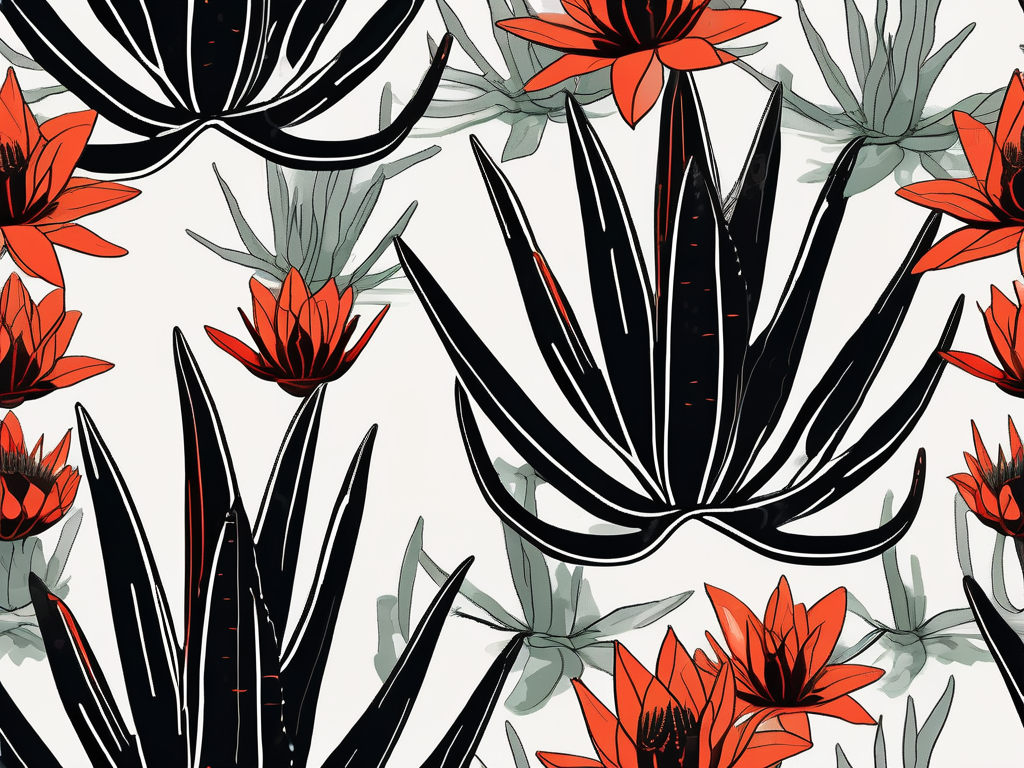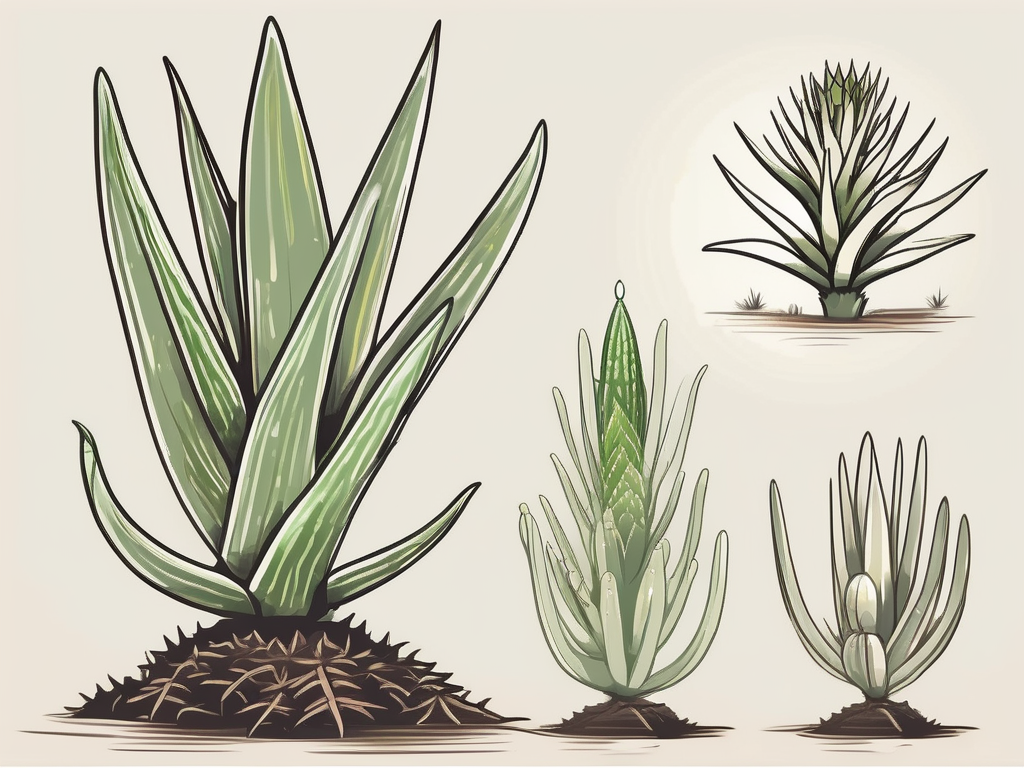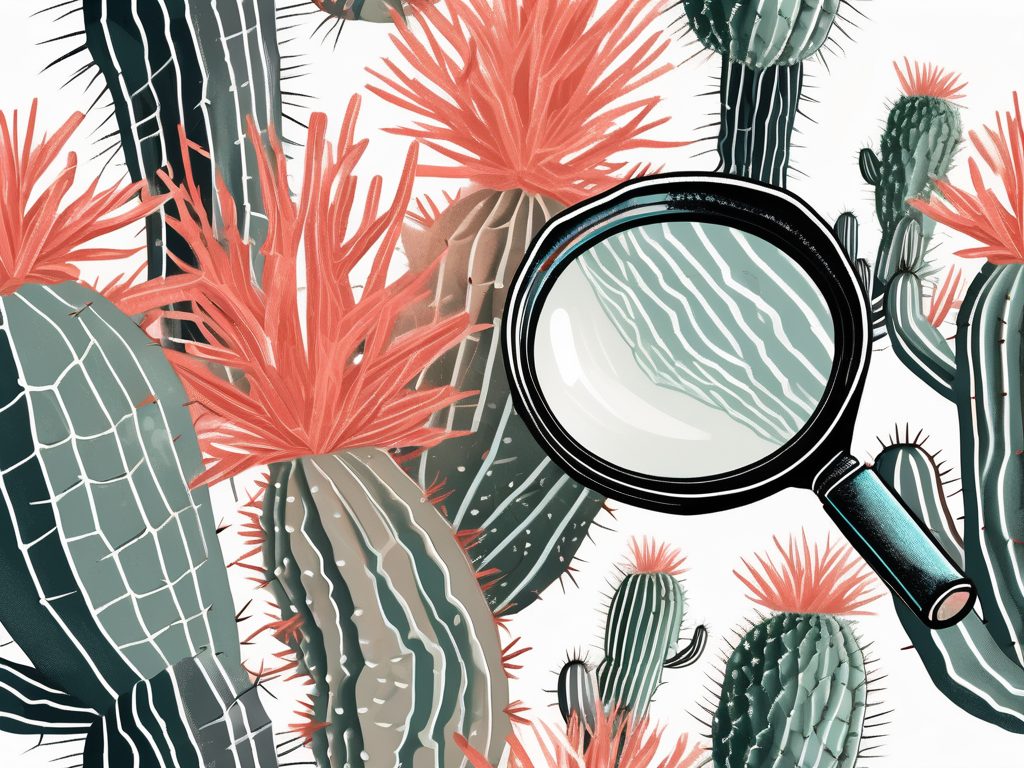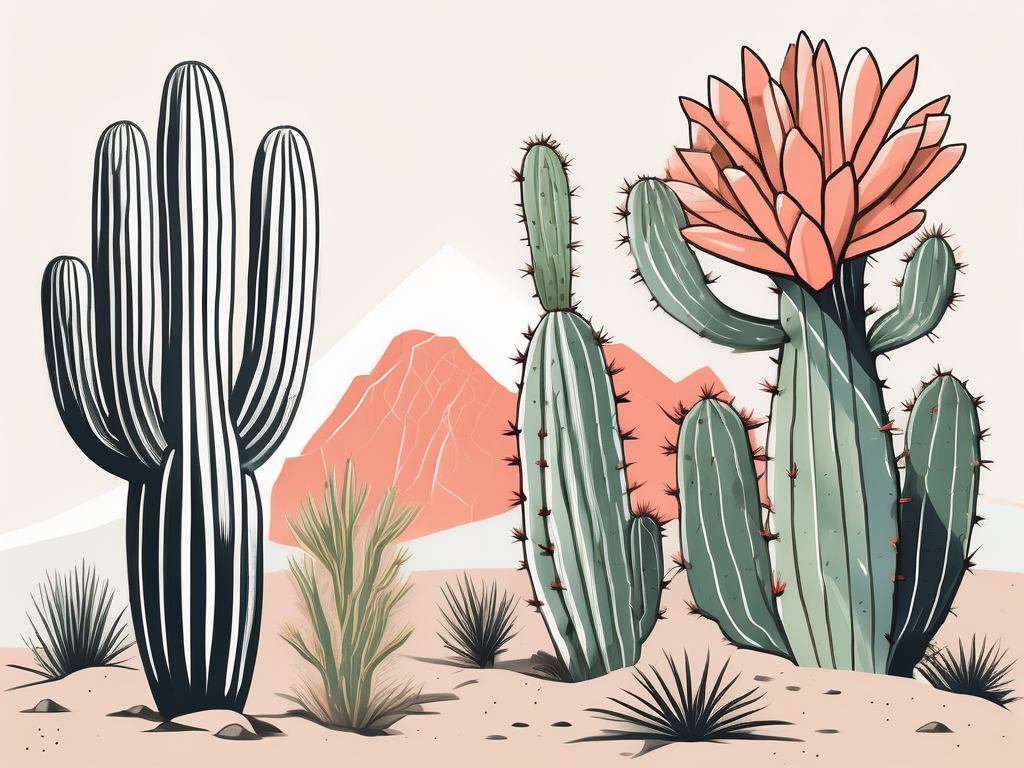
Aloe plants have a special place in the hearts of many plant lovers, thanks to their resilience and striking appearance. One standout among these is the Coral Aloe, known for its vibrant colors and unique texture. This plant is a fantastic choice for anyone looking to add a touch of the exotic to their indoor or outdoor garden.
In this article, we'll explore everything you need to know about caring for a Coral Aloe. From light requirements and watering tips to soil preferences and pest management, you'll find all the practical advice you need to keep your Coral Aloe thriving. So, let's get started on this exciting plant care journey!
Getting to Know the Coral Aloe
Native to South Africa, the Coral Aloe (Aloe striata) is admired for its striking rosette of smooth, fleshy leaves that can range from blue-green to a stunning coral pink, especially when grown in full sun. The plant's smooth leaf margins, with no teeth or spines, make it a friendly option for households with children or pets.
One of the most captivating features of the Coral Aloe is its flowering habit. In late winter to early spring, it produces tall, branching stems topped with clusters of tubular coral-red flowers. These blooms are not only beautiful but also attract pollinators such as hummingbirds and bees, adding an extra layer of life to your garden.
Despite its striking appearance, the Coral Aloe is relatively easy to care for, making it a great option for both novice and experienced plant parents. Let's dive into the specifics of how to keep this beauty thriving.
Light Requirements
Like many succulents, Coral Aloes love the sun. They thrive in bright, indirect sunlight but can also tolerate some direct sun exposure, especially in the cooler morning hours. If you're growing your Coral Aloe indoors, placing it near a south or west-facing window is ideal.
It's important to be cautious with direct sunlight, especially during the hottest parts of the day. Excessive exposure can cause the leaves to scorch, turning them brown and crispy. If you notice this happening, try filtering the light with a sheer curtain or moving the plant to a spot that receives bright, indirect light.
For those growing Coral Aloe outdoors, consider the climate in your area. If you live in a hot, dry region, providing some afternoon shade can help prevent sunburn. Conversely, if you're in a cooler climate, placing the aloe in a sunny spot will encourage the best growth and color.
Watering Tips
Watering is often the trickiest part of succulent care, but with a few tips, you'll have it down in no time. The Coral Aloe prefers to be on the drier side, so it's important to let the soil dry out completely between waterings. Overwatering can lead to root rot, which is a common issue with succulents.
A good rule of thumb is to water your Coral Aloe every two to three weeks, depending on the climate and the season. During the active growing season in spring and summer, you might need to water more frequently. In contrast, during the plant's dormant period in the fall and winter, you can reduce watering significantly.
- Check the soil moisture by sticking your finger about an inch into the soil. If it feels dry, it's time to water.
- Water thoroughly until water drains out of the bottom of the pot, ensuring the entire root system gets hydrated.
- Avoid letting the plant sit in water, as this can cause root rot.
Remember, it's always better to underwater than overwater when it comes to succulents. If you're unsure, wait a few more days and then check the soil again.
Soil Preferences
Choosing the right soil is crucial for the health of your Coral Aloe. These plants require well-draining soil to prevent root rot and other moisture-related problems. A commercial cactus or succulent mix is usually a good choice, as these are designed to provide the drainage and aeration that succulents need.
If you prefer to make your own soil mix, you can combine regular potting soil with materials that improve drainage, such as perlite, coarse sand, or pumice. A good ratio is about two parts potting soil to one part perlite or sand.
- Use a pot with drainage holes to allow excess water to escape.
- Avoid using heavy, clay-based soils that retain moisture.
- Consider adding a layer of gravel or small stones at the bottom of the pot to further enhance drainage.
By providing the right soil conditions, you'll create a healthy environment for your Coral Aloe to thrive.
Temperature and Humidity
Coral Aloes are quite adaptable when it comes to temperature, but they do have their preferences. They thrive in warm environments with daytime temperatures ranging from 70°F to 80°F (21°C to 27°C). At night, they can tolerate cooler temperatures, but it's best to keep them above 50°F (10°C) to avoid stress.
If you live in a region with cold winters, you'll need to bring your Coral Aloe indoors or provide some protection, as they are not frost-tolerant. Indoors, they do well in typical household humidity levels, making them an easy addition to your indoor plant collection.
In terms of humidity, Coral Aloes prefer a dry environment, similar to their native habitat. If your home is particularly humid, consider using a dehumidifier or ensuring good air circulation around the plant to prevent fungal issues.
Fertilizing Your Coral Aloe
Coral Aloes are not heavy feeders, but they do benefit from occasional fertilization, especially during the growing season. A balanced, water-soluble fertilizer diluted to half-strength can be applied every few months in the spring and summer.
Be cautious not to over-fertilize, as this can lead to rapid growth that compromises the plant's health and structure. During the fall and winter, when the plant is dormant, you can skip fertilization altogether.
- Choose a fertilizer specifically formulated for succulents or use a general-purpose fertilizer diluted to half-strength.
- Apply the fertilizer during watering to ensure it reaches the roots effectively.
- Avoid fertilizing newly planted or recently repotted Coral Aloes until they have had time to establish themselves.
With the right fertilization routine, your Coral Aloe will have all the nutrients it needs to maintain its vibrant colors and healthy growth.
Repotting and Propagation
Repotting your Coral Aloe every couple of years helps refresh the soil and provides room for growth. You'll know it's time to repot when you see roots growing out of the drainage holes or if the plant has outgrown its container.
To repot, choose a pot that's slightly larger than the current one, and follow the soil guidelines we discussed earlier. Be gentle when handling the plant to avoid damaging the roots.
Propagation is another exciting aspect of Coral Aloe care. You can propagate new plants from offsets, which are small pups that grow at the base of the parent plant. Simply remove the offsets with a clean, sharp knife and let them dry for a day or two before planting them in a well-draining soil mix.
- Ensure the offsets have a few roots of their own before removing them.
- Allow the cut surfaces to callous over before planting to prevent rot.
- Water sparingly until the new plants are established.
Repotting and propagation are great ways to keep your Coral Aloe collection growing and thriving.
Dealing with Pests and Diseases
While Coral Aloes are generally hardy, they can occasionally fall prey to pests and diseases. Common pests include mealybugs, aphids, and spider mites. Regularly inspect your plant for any signs of pests, such as tiny webs, sticky residue, or white cottony masses.
If you do encounter pests, there are several methods to address them:
- Use a cotton swab dipped in alcohol to gently remove mealybugs.
- Spray the plant with a mixture of water and mild dish soap to deter aphids and spider mites.
- Consider using neem oil as a natural pesticide, following the instructions on the label.
Fungal issues can arise if the plant is kept in overly humid conditions or if water sits on the leaves for extended periods. Ensure proper air circulation and avoid overhead watering to reduce the risk of disease.
With vigilance and timely intervention, you can keep your Coral Aloe healthy and free from pests and diseases.
Incorporating Coral Aloe into Your Home Decor
Beyond their care requirements, Coral Aloes make stunning additions to any home decor. Their unique shape and vibrant colors provide a striking contrast to more traditional green houseplants. Consider placing your Coral Aloe in a decorative pot that complements its colors.
You can also use Coral Aloes to create a themed succulent garden or a desert-inspired display. Pair them with other succulents and cacti, and use natural elements like rocks or driftwood to create a cohesive look.
For outdoor spaces, Coral Aloes can be used as focal points in rock gardens or mixed with drought-tolerant perennials for a low-maintenance landscape. Their ability to attract pollinators adds another layer of life and interest to your garden.
Whether indoors or outdoors, incorporating Coral Aloes into your decor can add a touch of the exotic and create a conversation piece that draws attention and admiration.
Final Thoughts
Caring for a Coral Aloe can be a rewarding experience. From their vibrant colors to their ease of care, these plants are a joy to have in any collection. By following the tips outlined above, you'll be well on your way to nurturing a healthy, thriving Coral Aloe.
At Cafe Planta, we believe in the power of plants to bring people together. Whether you're a seasoned plant parent or just starting out, we're here to support you. Feel free to reach out via email or connect with us on Instagram. Let's grow together!

